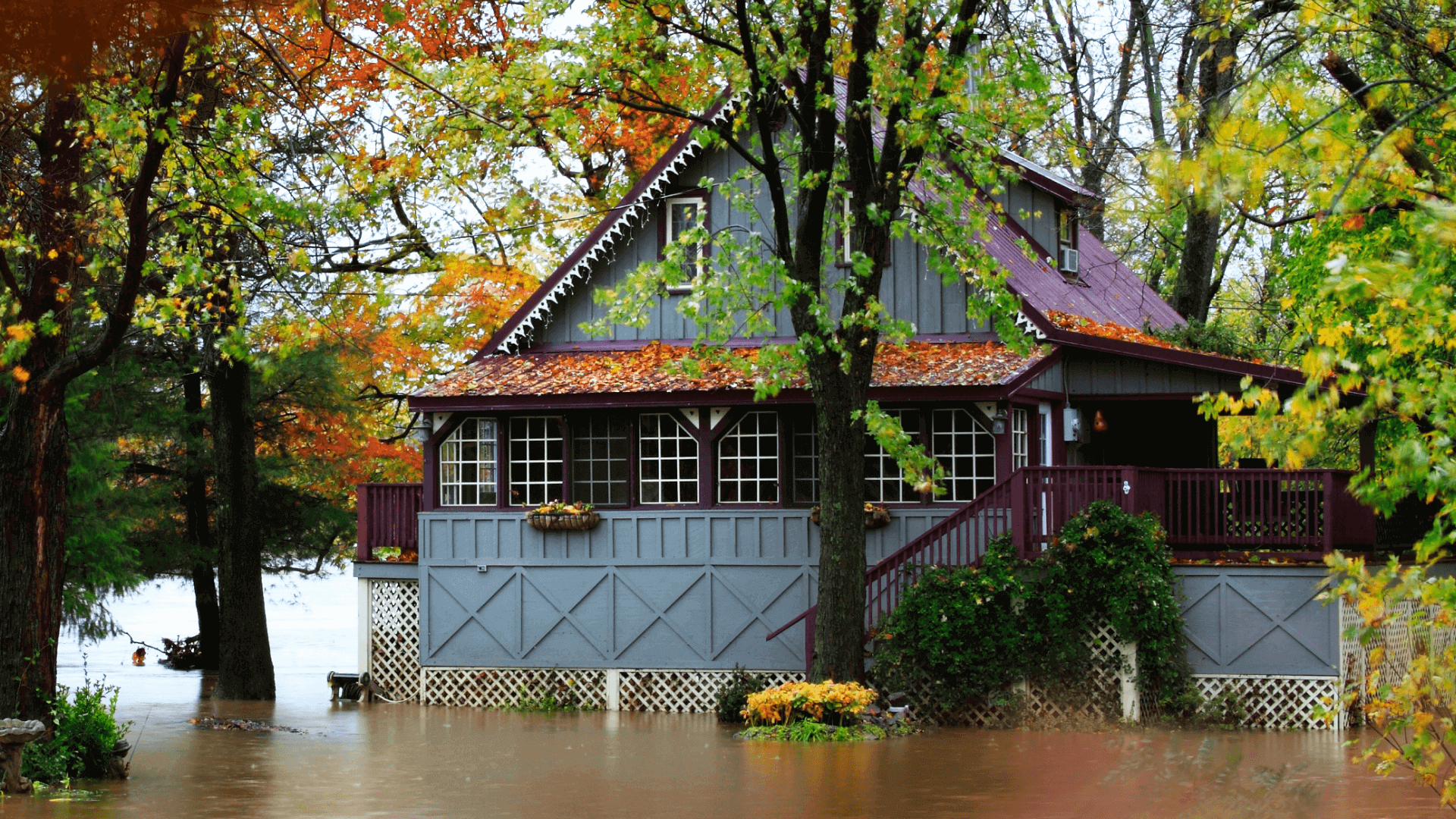Most homeowners in the country get their flood insurance through the National Flood Insurance Program (NFIP), a widely available federal program that provides flood insurance policies at subsidized rates. However, if your property is damaged in a flood, the maximum the NFIP will pay to rebuild your home or replace your personal belongings is $250,000 and $100,000, respectively.
If you require more coverage than what’s offered through the NFIP, you’ll want to consider an excess flood insurance policy through a private insurance company.
What is excess flood insurance?
Excess flood insurance is a type of private flood insurance that increases your coverage limits beyond the maximum amount available through the NFIP. If your home is damaged due to flooding and the cost to rebuild your home is higher than the maximum NFIP building coverage limit of $250,000, your excess flood insurance policy can pick up where it left off and help pay for the rest of the damage.
These policies are sold by excess and surplus (E&S) lines insurance carriers that are not admitted with the state, meaning the state doesn’t need to approve changes to their policy forms or insurance premiums. While this lack of regulation generally makes E&S insurance more expensive, it also gives carriers the flexibility to cover risks and offer higher limits of coverage than what’s available through a standard insurance company.
Learn more >> Private flood insurance vs. NFIP: What’s the difference?
What does excess flood insurance cover?
Similar to regular NFIP flood insurance, excess flood insurance covers damage to your home or personal belongings due to natural flooding. This includes floods caused by hurricane storm surge, heavy rainfall, overflow of a body of water, waves and high tides, and more.
In addition to covering your home and personal property, excess flood insurance also typically comes with additional coverage for temporary living expenses you incur while your home is being rebuilt or repaired due to flood damage. Also known as additional living expenses (ALE), it covers costs like hotel stays, restaurant meals, and transportation while you’re away from home.
Some excess flood policies may also extend coverage to losses that aren’t normally covered by the NFIP, such as the cost of replacing flood-damaged possessions in your basement.
Learn more >> What does flood insurance cover?
What are the excess coverage limits?
While some excess flood insurance policies provide up to $5 million in building coverage and $1 million to $2 million in contents coverage, others may offer policies with a combined $15 million coverage limit for both your home and personal belongings.
In the event your house is flooded and the damage is higher than the max building coverage amount of $250,000 through the NFIP, excess flood insurance would cover the remainder of the damage costs up to the limit in your policy.
Who needs excess flood insurance?
If you live in a high-risk flood area and you have a mortgage, your lender will likely require you to purchase flood insurance and to keep the home insured until the loan is paid off.
For example, if you purchase the maximum amount of building coverage available through the NFIP ($250,000) but the cost to rebuild your home is $400,000, then you should consider purchasing an excess flood insurance policy with at least $150,000 in additional building coverage.
Some mortgages may actually require excess flood insurance if your home’s replacement cost is greater than $250,000 and you decide to go the NFIP route.
Mortgages guaranteed by the Federal Housing Administration and Department of Veteran Affairs, for example, require homeowners to purchase one of the following if their home’s rebuild cost is higher than the $250,000 building coverage maximum offered through the NFIP:
Excess flood insurance or difference in conditions (DIC) insurance in addition to NFIP flood insurance
Private flood insurance with a building coverage limit equal to 100% of the home’s replacement cost instead of NFIP and excess flood insurance
If excess flood insurance or standalone private flood insurance isn’t available where you live, the lender is permitted to accept a policy with the maximum amount of coverage available through the NFIP.
Learn more >> Flood insurance requirements by flood zone & mortgage type
How much does excess flood insurance cost?
The average cost of excess flood insurance is $1,191 per year as of 2021, according to our analysis of publicly available private flood insurance data through the National Association of Insurance Commissioners (NAIC). By comparison, the average annual cost of NFIP flood insurance is $939 per year as of 2023, so on average people pay more for excess flood insurance than their primary NFIP policy.
However, your own excess flood insurance rates will vary depending on specific factors related to your home, including:
Elevation of home
Coverage limits
Foundation type (e.g., basement vs. slab)
Distance from body of water
Policy deductible amount
Home construction type
You may also be able to save on the cost of excess flood insurance if you get an elevation certificate for your home or retrofit the property to make it more resistant to flood damage.
Learn more >> How much does flood insurance cost?
Excess flood insurance companies
There are several different large and small insurance carriers that offer excess flood insurance, including:
Aon Edge
The Flood Insurance Agency
Palomar
Selective
Wright Flood
Learn more >> Best flood insurance companies of 2023


